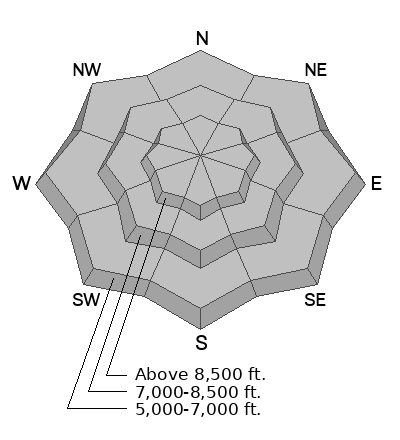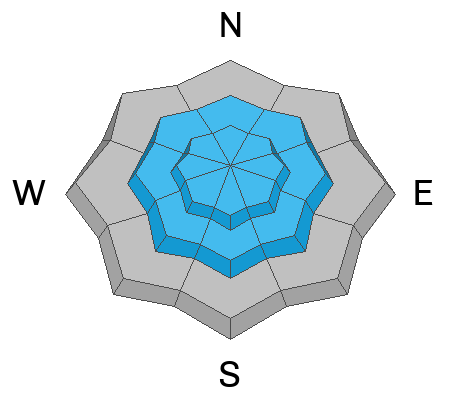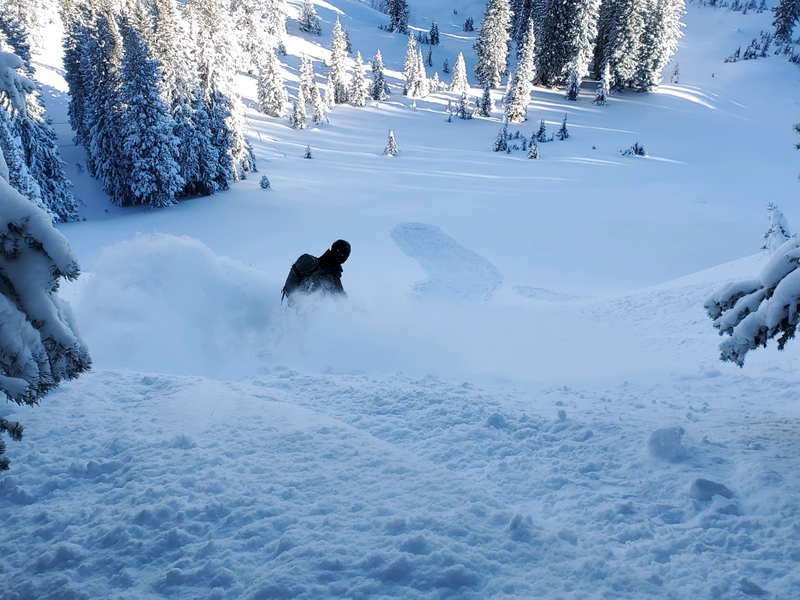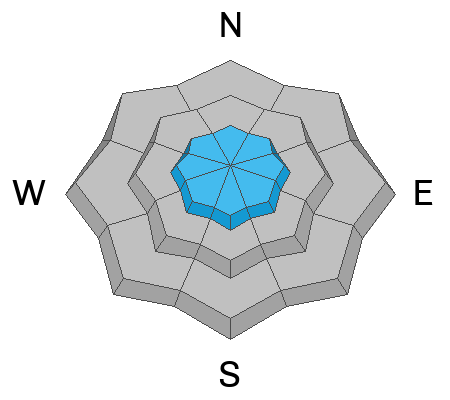Forecast for the Logan Area Mountains

Issued by Toby Weed on
Monday morning, November 14, 2022
Monday morning, November 14, 2022
Although unlikely, people might trigger small avalanches of loose or wind drifted snow on very steep slopes. The snow is still so shallow that people could be seriously hurt if they are caught and carried over rocks in even a small avalanche.
We will be issuing intermittent updates and publishing backcountry observations as they arrive. Please let us know what you think the danger is and send us your observations from the backcountry HERE

Low
Moderate
Considerable
High
Extreme
Learn how to read the forecast here










